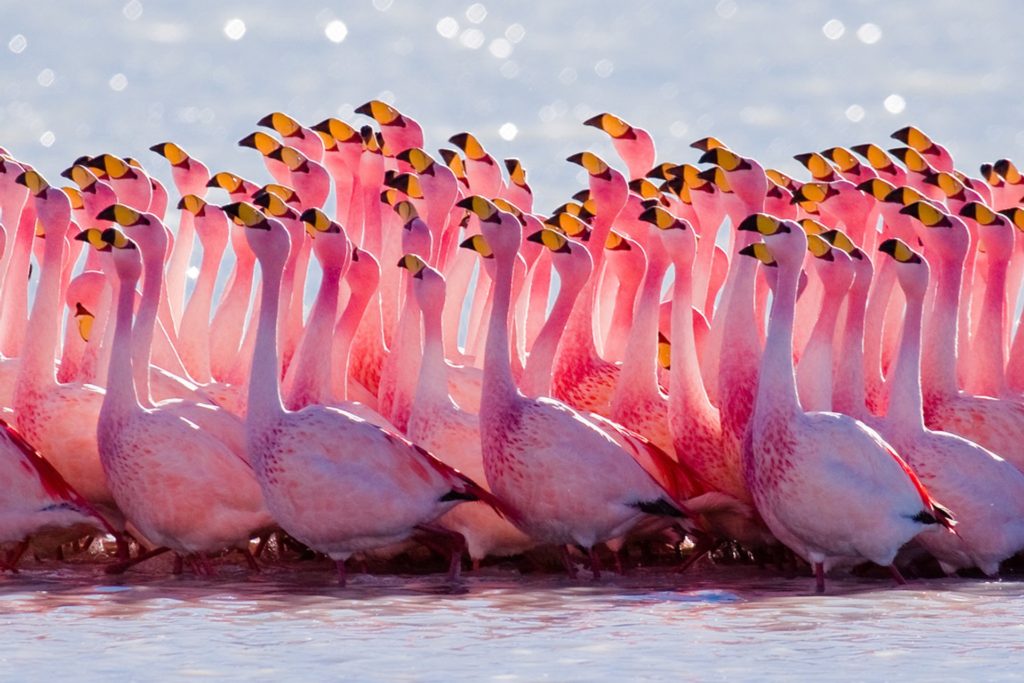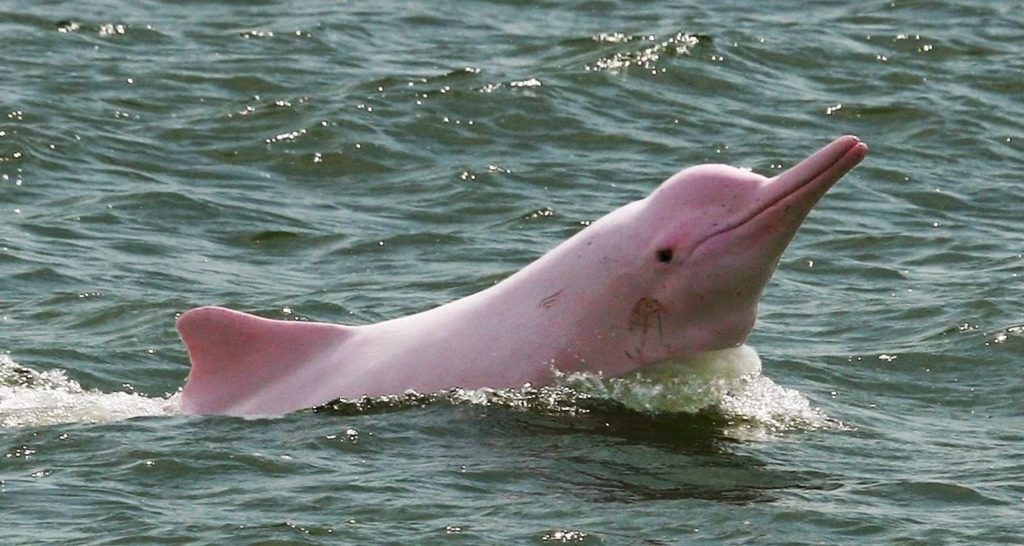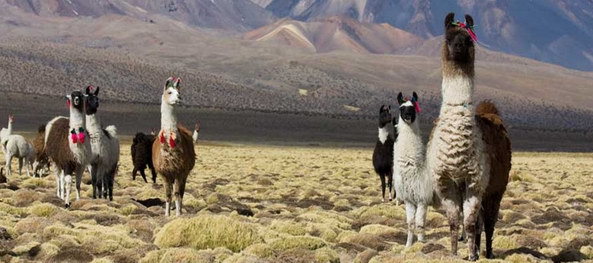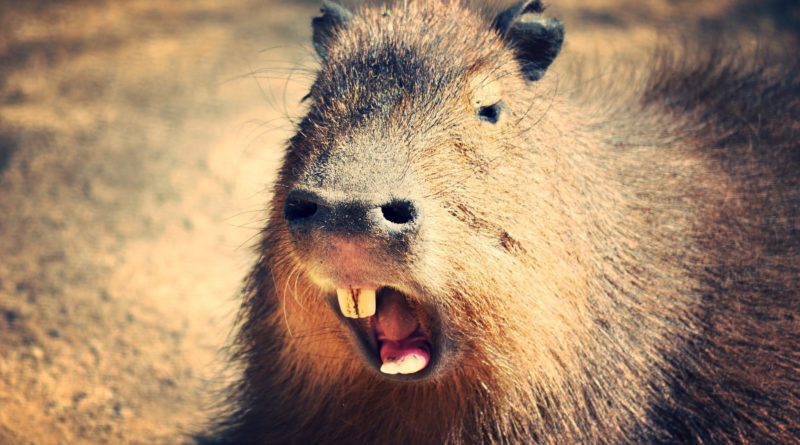Wildlife of Bolivia
Bolivia boasts a vast and diverse assortment of wildlife, with a large number of different creatures calling the country home. There is also lots of diversity in the country’s flora, with many beautiful and unusual flowers, plants, trees, and shrubs, as well as those that are more common throughout the continent.
Bolivia is home to the largest variety of different bird species for any landlocked country in the whole entire world, and it is something of a haven for those who like to enjoy some bird watching whilst on vacation.
There are many different mammals, fish, reptiles, birds, amphibians, and insects that call Bolivia home, some of which are rare or endangered. It is therefore important that tourists and visitors play their part in helping to protect the ecosystems and environments that form native creatures’ habitats to prevent further loss to the country’s wildlife. There are several conservation programs in operation in the country, and you can support these to help the country even more.

On the high altiplano in Bolivia there is a flock of flamingos, and it is said to be unique in that it is the only group of such birds in the world that live at such high altitudes. There are few birds remaining today, and unfortunately it is predicted that the Bolivian flamingos will become extinct over the next few years.
Bolivia is also home to the biggest flying bird in the world – the Andean Condor. In flight, the bird’s wings can span up to three metres! An impressive and imposing sight, the Andean Condor is the national bird of Bolivia.
The endangered spectacled bear can be found in Bolivia. Indeed, it is the only bear species to live in the whole of the South American continent. They do not hibernate, and so if you are lucky enough you may spot a spectacled bear at any time of the year.

Pink dolphins swim in the mighty Amazon River, presented a beautiful and magical sight. They are freshwater dolphins and get their colour because of the blood vessels so close to the skin’s surface. There are various myths and legends surrounding the pink dolphins, and as such they are fairly respected by Bolivian people. As well as in the Amazon River you can also find these graceful creatures in the Mamore, Itenez, and Madeira Rivers.
The slow moving and lazy sloth can be found in Bolivia, and is very easy to spot! They can be found in cities and urban areas as well as in the jungles and forests, and Santa Cruz is a well known place for being able to see sloths just hanging out and not doing an awful lot!
Another interesting animal that lives in Bolivia is the capybara. It is the biggest rodent in the world, and adults usually have really big teeth! A capybara can weigh up to 45 kilograms. They like to live in the water, and many locals associate them more with fish than with mammals.
There are various different species of cat in Bolivia, including the domesticated household cat, ocelots, Andean Mountain Cats, jaguars, and cougars. From the dog family you will find dogs, wolves, and foxes. Obscurely, in the Bolivian Amazon area people have discovered a type of dog that has two noses! Other carnivorous animals in Bolivia include coatis, raccoons, otters, weasels, and skunks.

Bolivia is home to five different types of camelids; camels, llamas, alpacas, guanacos, and vicunas. They are important for their fur, which is used to make warm clothing. Another animal that is used for its fur is the chinchilla.
There are animals from the armadillo family, anteaters, apes, monkeys, lemurs, bats, a variety of rodents, rabbits, whales, tapirs, opossums, butterflies, lizards, and more.
Some great places to visit for a chance to see some of Bolivia’s terrific wildlife include Lake Titicaca, Salar de Uyuni, Chaco, Noel Kempff Mercade National Park, Madidi National Park, Santa Cruz, Lomas de Arena Park, Refugio Los Volcanes, Amboro National Park, Laguna Alalay, Buena Vista Marshes, and La Cumbre Pass. Generally, the best times for seeing Bolivian wildlife are between April and November, where conditions are drier and creatures are more likely to venture out and about.

